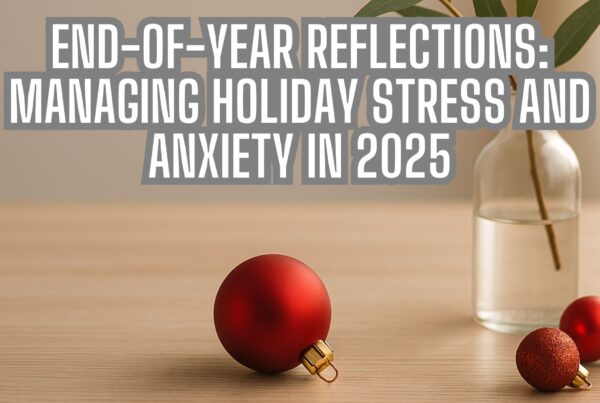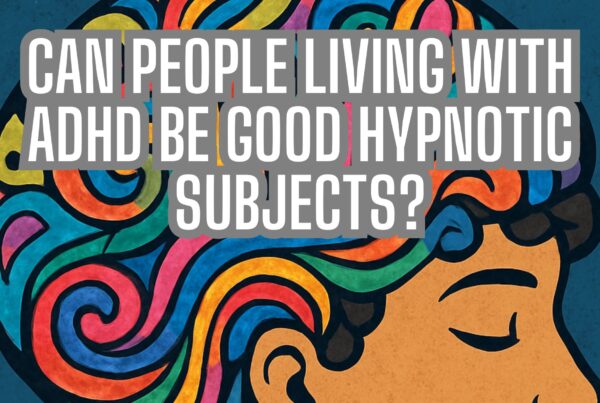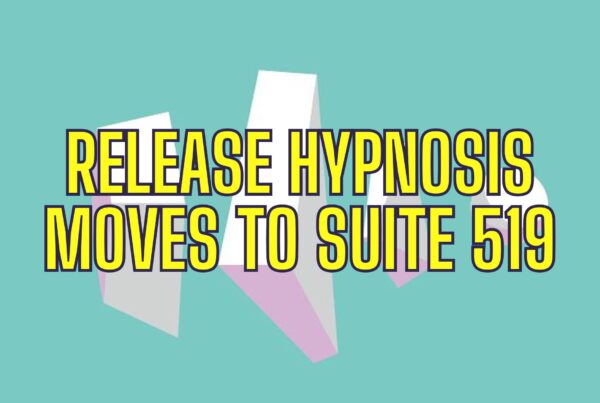Can’t Visualise in Hypnosis? Here’s What You Can Do Instead.
Do you struggle to visualise in hypnosis?
Hypnosis is an incredibly powerful tool that can help us overcome our problems, from anxiety to unwanted thoughts and feelings. It works by guiding our mind into a state of deep relaxation, allowing our subconscious to become more receptive to positive suggestions. One of the most common concerns I hear from clients is that they can’t visualise during hypnosis. Don’t worry, this is completely normal! In this blog, we’ll explore why visualisation isn’t essential for hypnosis and what you can do instead.
Why is visualisation not essential for hypnosis?
First things first, it’s important to understand that hypnosis is not just about visualisation. While visualisation is a common technique used in hypnotherapy, it’s not the only way to experience hypnotic phenomena. In fact, some people are naturally less visual than others, and that’s perfectly okay. There are many other ways to access the subconscious mind, such as through auditory or kinesthetic cues.
Additionally, it’s important to remember that everyone experiences hypnosis differently. Some people may see vivid images, while others may not see anything at all. Some may feel a deep sense of relaxation, while others may feel more energized. The key is to find what works best for you.
What can you do if you can’t visualise in hypnosis?
Now that we’ve established that visualisation isn’t essential for hypnosis, let’s explore some other techniques you can use:
Focus on your other senses
If visualisation isn’t your strong suit, try focusing on your other senses instead. For example, you might focus on the sounds around you, the sensation of your breath, or the feeling of your body sinking into the chair. These sensory experiences can be just as powerful in inducing a hypnotic state as visualisation.
Use metaphor
Metaphors can be a powerful tool for accessing the subconscious mind without relying on visualisation. For example, I might use a metaphor like “imagine yourself floating on a calm, peaceful river” to help a client feel a sense of relaxation and tranquility. Metaphors can tap into your imagination without requiring you to create a vivid visual image.
Practice mindfulness
Mindfulness is a powerful technique for accessing the present moment and quieting the mind. It can be a great way to prepare for hypnosis, even if you don’t feel comfortable with visualisation. By practicing mindfulness regularly, you can learn to tune out distractions and focus on your inner experience, which can make it easier to experience hypnosis.
Reframe what it means to visualise in hypnosis
Here is an exercise that I once saw on Youtube. Can you imagine an apple? What colour is the apple? Does it have a stalk or not? Does that stalk have a leaf on it or not? Is it cool or room temperature? By shifting from ‘visualise’ to ‘imagine’, you are getting a sense of the experience. It is important to note that, sometimes, getting a sense of it is enough.
Trust the process
Finally, it’s important to trust the process of hypnosis. Remember that you don’t need to see vivid visual images to benefit from hypnotherapy. The most important thing is to be open and receptive to the positive suggestions that are being given to you. Trust that your subconscious mind is taking in the information it needs to help you overcome your challenges.
Visualisation is not essential for hypnosis.
While it can be a helpful technique for some people, there are many other ways to access the subconscious mind. By focusing on your other senses, using metaphor, practicing mindfulness, and trusting the process, you can still benefit from the power of hypnotherapy. So, don’t worry if you can’t visualise during hypnosis – there are many other paths to a hypnotic state!
Book Your FREE 30 Minute Consultation With Release Hypnosis NOW!
You may also like to read:
How To Stop The Negative Thoughts From Taking Control
The Mindfulness Toolkit
The Importance of Acceptance To Mental Health
Unlock The Power Of Your Mind With a Hypnosis Audio Recording








